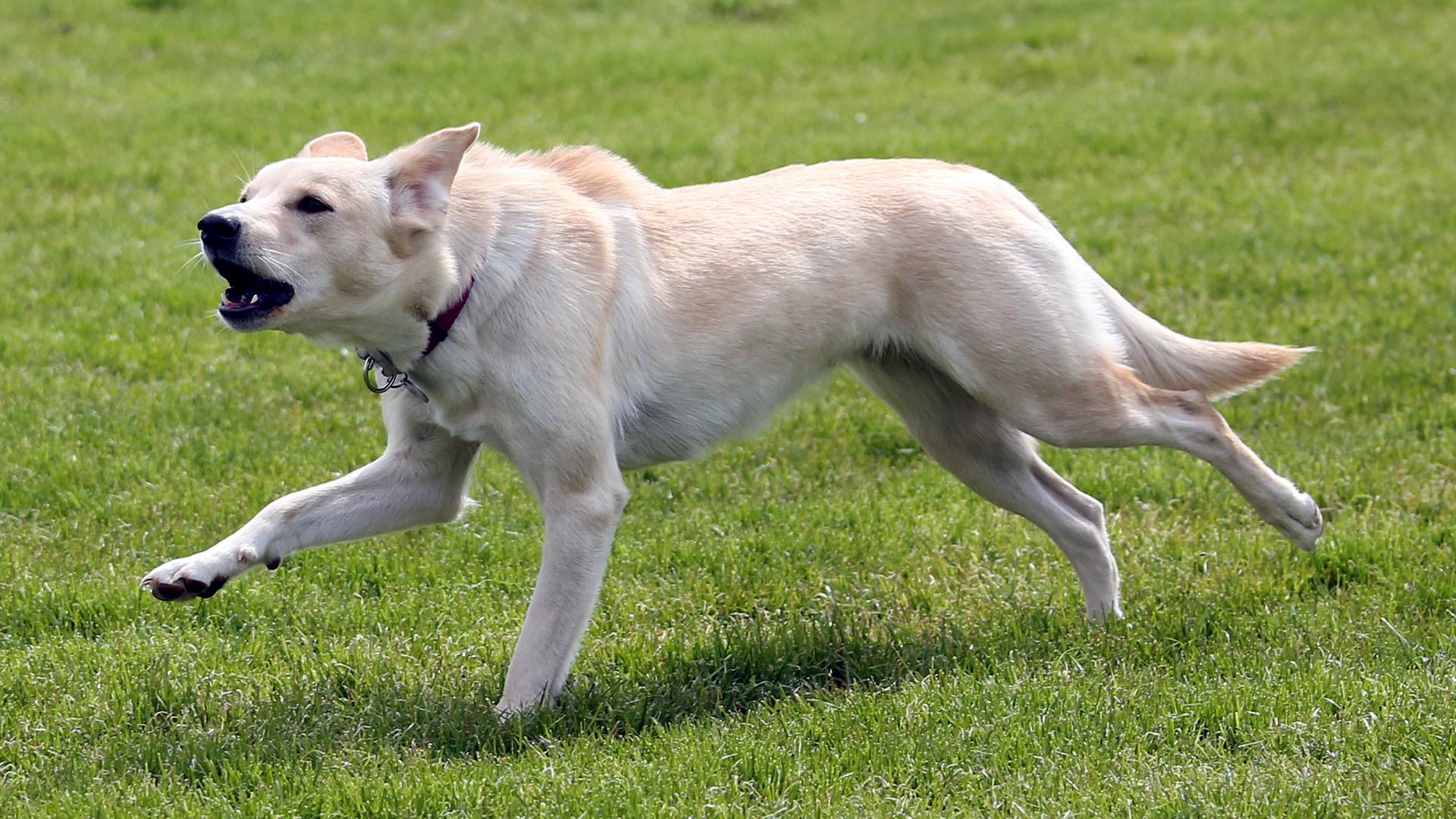Trainer reveals why dogs’ hackles go up (and it’s not only for the reason you’d expect)
Contrary to popular belief, raised hackles don’t always indicate aggression.

A dog’s hackles are the hairs that run along your dog’s spine. The hackles are supported by a set of muscles that can cause them to stand up.
We often associate a dog’s hackles standing up with intense, negative emotions, such as anger or aggression, but how true is this in reality? There are some misconceptions around hackles that even seasoned dog parents can believe, so it’s worth taking a closer look to see what’s true and what isn’t. If your dog’s hackles are raised, could they just be excited and wanting to play with their favorite toy?
Well, in a recent Instagram post, award-winning dog trainer Lisa Burton of Listen Dog Training has explained what the truth really is, and it certainly surprised us!
A post shared by Lisa Burton | Listen Dog Training 💁🏻♀️🥇🐕 (@listendogtraining)
A photo posted by on
“Your dog’s raised hackles are a completely involuntary response of the sympathetic nervous system,” begins Burton, “It is a reflex response to arousal, not aggression.”
While raised hackles can indicate aggression – a high-arousal emotional response – they can indicate other things, too. Dog body language isn’t always as simple as we think! Pups can involuntarily raise their hackles in response to the following, as Burton explains in her post:
• Being momentarily surprised
• Being excited
PetsRadar Newsletter
Get the best advice, tips and top tech for your beloved Pets
• Being worried or anxious
• During high-arousal play
“Consider how your own physiological fight or flight response can sometimes be triggered in situations where you’d never actually consider fighting or running away,” says Burton, bringing up examples like exams, interviews, and public speaking.
She continues, “Your sympathetic nervous system may raise your heart rate and have you feeling intensely edgy, but it’s because you’re in a state of high arousal, not because you’re actually about to punch someone in the face.”
For example, non-aggressive dogs might react to the doorbell or a knock at the door with raised hackles, and then want to become best friends with the visitor. They might begin every new encounter with a dog with raised hackles, but then be happy to sniff and play peacefully, with not even any dog play fighting going on, let alone real aggression!
As Burton concludes in her caption, “One of the most important things to remember about canine body language is that we never ever translate a dog’s emotion or intention from isolating one piece of body language analysis – it’s simply not enough.
“The most common examples of this include deeming a dog to be happy because their tail is wagging, or aggressive because their hackles are raised. Always zoom out. Always look at the full picture.”
So, if your dog has raised hackles, it doesn’t necessarily mean that they’re angry and scared and showing aggression as a result. There could be all sorts of reasons.
This extensive photographic guide contains almost 400 pages of pictures and explanations to help dog owners and trainers understand everyday and more unusual canine behaviours.

Adam is a freelance journalist specialising in pets, music and culture, and mental health and wellbeing. He investigates and writes the large majority of news on PetsRadar, and collaborates with veterinary experts to produce informative pet care content.
Adam has a journalism degree from Southampton Solent University and a masters degree in Magazine Journalism from Cardiff University. He was previously senior editor at dog advice website DogTime.com, and has also written for The Independent, GoodToKnow and Healthline.
He owns two rescue cats, Bunny and Dougie, and has also previously had a rabbit, fish and Roborovski dwarf hamsters.
